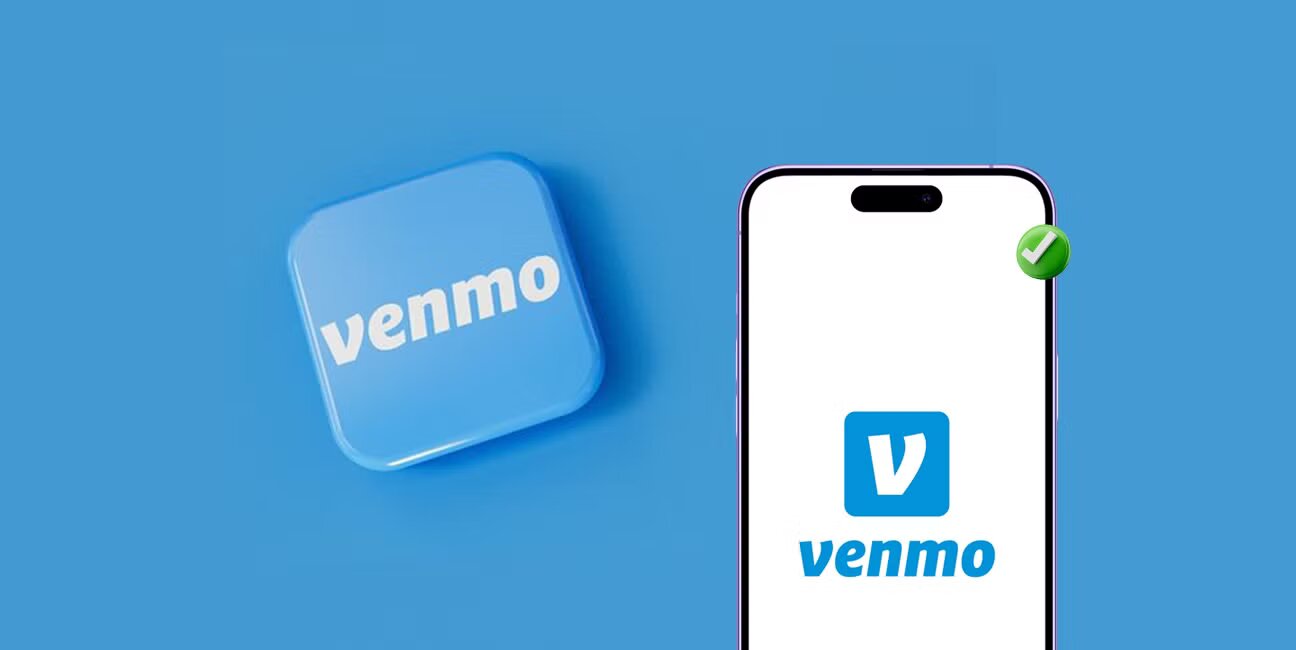In today’s digital economy, cashless payments are no longer just a convenience – they’re a necessity. Whether you’re a local artist selling handmade crafts or a small business owner providing services, accepting digital payments expands your reach and simplifies transactions. One platform that has gained massive popularity for peer-to-peer transactions is Venmo. But did you know Venmo also offers solutions tailored for businesses? Enter the Venmo Business Account – a specialized account that allows business owners to receive payments seamlessly and professionally.
In this guide, we’ll walk you through everything you need to know to set up a Venmo Business Account step-by-step. Whether you’re just starting your business or expanding your payment options, this article will help you get started quickly and efficiently.
Why Choose a Venmo Business Account?
Before diving into the steps, it’s essential to understand why a Venmo Business Account could be the right move for your business. Here are some key benefits:
- Professional Transactions: Keep personal and business transactions separate.
- Discoverability: Your business can appear in the Venmo app’s search results, allowing potential customers to find and pay you more easily.
- Seamless Payments: Accept payments through QR codes or username searches.
- Transaction History: Access detailed records that make accounting and tax preparation much easier.
- Legitimacy: Build trust with customers by providing a secure, recognizable platform for payments.
Step-by-Step Guide to Setting Up a Venmo Business Account
Setting up a Venmo Business Account is a straightforward process. Below, we break it down into manageable steps.
Download the Venmo App
If you haven’t already, download the Venmo app from the App Store (iOS) or Google Play Store (Android). You must use the mobile app to create and manage your account, as most business functionalities aren’t available on the desktop version.
Sign Up or Log In
You can either create a new account or use an existing personal Venmo account to set up a business profile.
- New Users: Tap “Sign Up” and follow the prompts to enter your personal information.
- Existing Users: Log in with your credentials and go to your profile settings to add a business profile.
Note: You can manage both personal and business profiles from a single Venmo login, making it easy to switch between them.
Create a Business Profile
Once you’re logged in:
- Tap your profile icon.
- Select “Create a business profile.”
- Choose a name for your business. This name will be visible to customers, so make it recognizable and professional.
- Add a profile picture and business description to enhance your profile’s credibility.
Input Business Information
Venmo will prompt you to provide some key details about your business, including:
- Business category (e.g., retail, service-based, freelance, etc.)
- Type of business (sole proprietorship, partnership, corporation, etc.)
- Business address and phone number
- Tax ID number or Social Security number (for identity verification and tax reporting)
Ensure all information is accurate to avoid delays in approval.
Link Your Bank Account
Linking a bank account allows you to transfer your Venmo balance to your business bank account.
- Navigate to “Payment Methods”
- Choose “Add a bank or card”
- Select your preferred method (manual entry or instant verification)
Tip: Use a dedicated business bank account for better financial management and easier bookkeeping.
Set Up Payment Options
Venmo offers a few ways for customers to pay you:
- QR Code: Venmo generates a unique QR code for your business profile that customers can scan to pay.
- Username Search: Customers can find you by searching your business name or username within the app.
- Payment Links: Shareable links that direct users to your business profile for quick payments.
These features make the transaction process quick and hassle-free.
Review Fees and Policies
Venmo Business Accounts come with transaction fees:
- 1.9% + $0.10 per payment received
These fees are competitive and in line with other payment platforms like PayPal and Square. It’s crucial to consider these charges when pricing your products or services.
Also, review Venmo’s Acceptable Use Policy to ensure your business activities align with their terms.
Promote Your Venmo Business Profile
After setting everything up, it’s time to let your customers know how they can pay you. Use the following strategies:
- Share your QR code on social media and marketing materials.
- Include your Venmo business handle on your website.
- Train your staff to assist customers in paying via Venmo.

Best Practices for Using Your Venmo Business Account
To make the most of your account, keep these best practices in mind:
Maintain Professionalism
Always use clear, courteous communication when interacting with customers via Venmo. This includes thank-you notes, payment confirmations, and refund processes.
Monitor Transactions
Check your transaction history regularly. Keeping track of income helps you stay on top of your business’s financial health.
Ensure Tax Compliance
Venmo provides documentation for tax reporting, but it’s still your responsibility to report your earnings correctly. Work with a tax advisor if needed.
Offer Multiple Payment Options
Not everyone uses Venmo. While it’s a powerful tool, also consider other payment platforms like PayPal, Square, or traditional card processing to cater to a broader customer base.
Venmo Business Account vs. Personal Account: Key Differences
Understanding the difference between a business and personal Venmo account can help you use the platform more effectively.
| Feature | Personal Account | Business Account |
|---|---|---|
| Payment Purpose | Friends and family | Customers and sales |
| Visibility | Private or friends-only | Public for discovery |
| Transaction Fees | None (standard use) | 1.9% + $0.10 per payment |
| Tax Reporting | Limited | Full reporting with 1099-K |
| Acceptable Use | Personal transactions | Business/commercial use |
Using a personal account for business transactions violates Venmo’s user agreement. So, if you’re running a business, the dedicated Venmo Business Account is the right route.
Common Issues and Troubleshooting
While setting up a Venmo Business Account is generally smooth, here are a few common hiccups and how to address them:
Account Verification Delays
If Venmo can’t verify your identity or business details, they may request additional documents. Be prepared with:
- Government-issued ID
- Tax documents (like EIN or SS-4)
- Utility bills or bank statements
Payments Not Going Through
Ensure your bank account is correctly linked and has sufficient balance. Also, check that your customer is using the correct handle or scanning the right QR code.
Profile Not Discoverable
Make sure your business profile is set to public and your business name is searchable. Update your profile settings if necessary.
The Future of Business Payments with Venmo
Venmo continues to evolve, adding new features tailored for businesses. With integrations into larger e-commerce platforms, improved reporting tools, and more advanced analytics, Venmo Business Accounts are likely to become even more powerful in the years to come.
By adopting this payment method early, you’re positioning your business at the forefront of consumer convenience and digital transformation.
Final Thoughts: Is a Venmo Business Account Right for You?
If you’re looking for a simple, effective, and widely trusted way to accept payments from customers, a Venmo Business Account could be an excellent fit. With its ease of use, built-in customer base, and competitive transaction fees, it’s especially well-suited for freelancers, side hustlers, and small to medium-sized businesses.
Setting up your Venmo Business Account takes just a few minutes but can streamline your operations and elevate your customer experience for years to come. Follow the steps outlined in this guide, stay compliant with regulations, and make the most of this digital payment powerhouse.
Your customers are already on Venmo. Now it’s your turn to meet them there.




